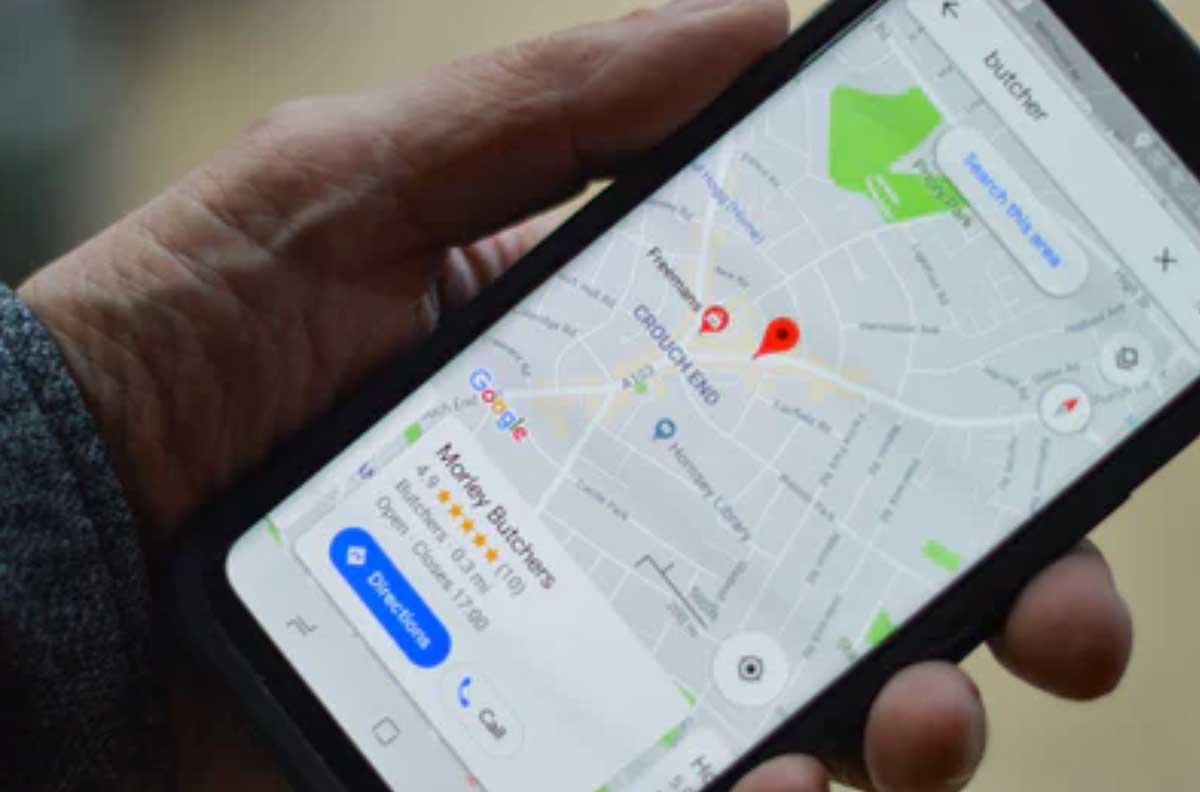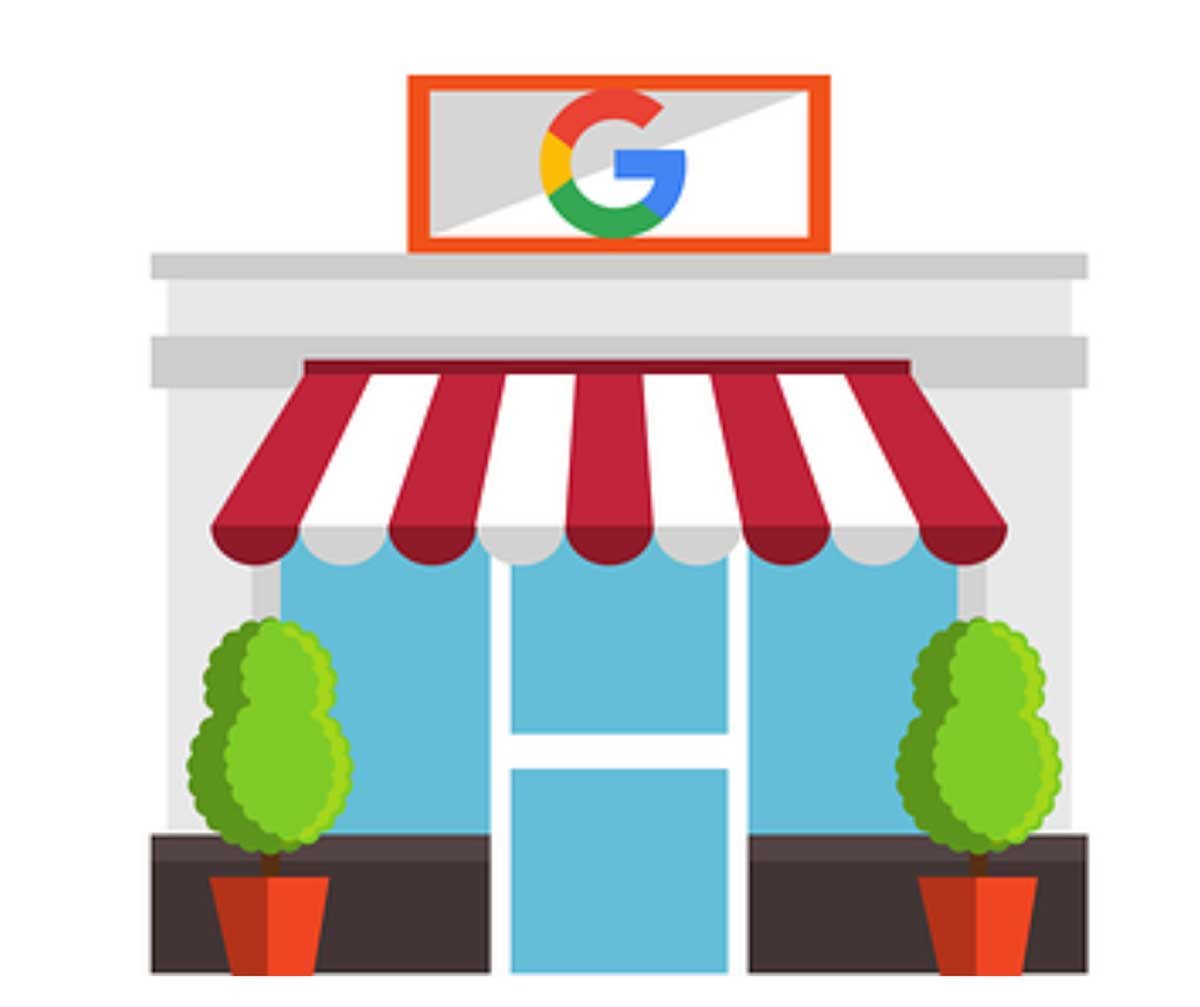46% of all searches on Google are local.
And 70% of customers will go to a store if they find relevant information in their search results.
You might not have known the exact figure, but you already know how important local SEO is, right?
So, what can you do to beat your competitors? What strategies will help you rank for the area that you serve or service?

Well, here is an actionable checklist.
All you have to do is make sure you follow all these pointers.
And once you have ticked all these boxes, just start serving the many customers that find your business in their local search results.
Actionable Checklist to Get You Started Right Away
1. Technical SEO – Website Optimization
Your URL, meta title, meta descriptions, and headings (especially from H1 to H3) play an important role in SEO. And they are also crucial from the perspective of local SEO.
Here are the steps that you need to take –
- Maintain clean URLs and add your location in your URLs (wherever possible). If you offer a service in multiple locations, create separate pages for each location.
For example –
mysite/location-1-service.com
mysite/location-2-service.com
mysite/location-3–service.com
However, make sure you create different content for each page. Google penalizes duplicate content when it comes to search rankings.
- Add the location in your meta title and descriptions.
- Add the location in your header tags on the page. Instead of using ‘Smartphone Repair’ as your H1, it is better to use ‘Smartphone Repair New York’.
- Mention your location in your site footer. If you have multiple locations, then too, for less than ten locations, mention all of them in the footer. If you serve more than 10 locations or do not want to share the exact address, use clickable business phone numbers in the footer.
- Make sure you use the areas you serve in your website body copy as well.
- Have an About, Contact, and dedicated Home Page for your website. Add a Google Map and complete NAP (Name, Address, and Phone) details on your Contact Page.
- Add a local business Schema code to your website. Schema is a collaboration between Google, Yahoo!, Bing, and Yandex. With schema codes, you can give search engines relevant information to understand your content. And rank it in relevant searches.
- Mobile optimize your website. Local searches from mobile devices will go untapped if your website isn’t mobile-friendly.
Once you are done with the primary site optimizations, go on the next step –
2. Google My Business

It takes no more than five minutes to fill in complete details about your business in Google My Business.
But overlooking this five-minute task will cost you many lost opportunities.
Here’s what you need to do to get your business registers and verified with Google My Business
- Fill out complete details that Google asks for. It usually includes the business category, opening hours, product/service. Ensure you fill in as many details as possible as it increases your chances of surfacing in results.
- Once you have submitted all the details, Google sends a card with a PIN to your location. You can verify your business with that PIN. And soon, you’ll see your business showing the relevant search queries in your area.
- Have multiple locations? Use GMB listings for each location. Use the bulk upload option to save time.
Online Reputation Management
97% of customers read local reviews for a business. And on average, they need around 40 reviews to believe the ratings that a business is getting.
Also, review signals make up for 15% of how Google ranks a business.
Obviously, just ranking at #1 with negative or no reviews isn’t going to boost your conversions. Thus, an important aspect of local SEO is managing your online reputation. This primarily deals with reviews.
Even Google My Business Help page mentions responding to reviews as a good practice.
Here’s what you need to do –
- Share your Google Place IDs with satisfied customers. With this, they get a direct link to the page where they can leave a review for your website.
- Always respond to the reviews that you get. If you have a negative review, make sure you handle it tactfully. Be prepared for even the worst situations.
- Post reviews and testimonials on your website. User-generated content is always great for SEO.
- Make sure you are also monitoring unlinked social mentions as well. Respond and interact, always.
4. Local SEO Content
Americans go on vacation. And Brits go on holiday.
It means the same thing, but the words used are different. If you are a travel agency somewhere in the US, having the word ‘holiday’ crammed on your site would do you no good.
The content on your website should be optimized for local searches.
Here’s how to do that –
- Carry out proper keyword research. Use specialized tools like Google Keywords Planner, Spyfu, Ahrefs, Moz, or SEMRush to find relevant local keywords.
- Create content that local readers would be interested in. Your blog section can help. If you sell tires in an area, a blog about the best long drive routes in the area will be a great idea, for example. This way, when someone is looking for the best long drive routes in the area, they will land on your blog. And they’d know you sell tires too. Also, Google rewards location-specific content in SERPs.
- Have clear Call To Action buttons. Remember buttons, not links, as they are easily clickable. For mobile versions, Click to Call buttons are a must.
- Also, avoid duplicate content. It is imperative. That’s why we have mentioned it again so that you don’t miss this by any chance.
5. Citation and Directories
The basic goal behind local SEO is to get more leads. And instead of just pushing your website towards the #1 position, you also need to focus on directories and citations.
When people find you on popular directories, they are more likely to come to your website or directly to your store. Citations and directory listings are significant factors that affect your local rankings on search engines.
Here’s what needs to be done –
- Submit your listings to popular and reputable directories. Google lists directory listings. So even if your website doesn’t rank at the top, you get visibility.
- Keep your NAP details consistent across directories. Google won’t like it if there are inconsistencies in NAP details of your business. You might face a negative impact on rankings if that happens.
- Make sure you aren’t submitting listings to the wrong directories.
- If you don’t have time to manually manage all your local citations, use tools like Bright Local, Yext, or Synup.
- Take time to clean up duplicate or incorrect citations in the directories.
- Ensure you get backlinks from the directories. Which brings to the next section…
6. Local Link Building

Google sees backlinks as votes for your website. Backlinks are links on other sites that refer back to your site. The higher the number of websites that link back to your website, the higher the vote count for your site.
This helps authority and affects rankings.
Here’s what you need to do as a part of your local link building efforts –
- Make sure that all the sites that give you backlinks mention your location.
- Try and get local backlinks from businesses in your location.
- Get backlinks from your business partners. ( The ‘Partners We Trust’ section is a good place where you can try and land a spot). The same goes for manufacturers, suppliers, or others in the supply chain.
- Avoid any backlinks from the 3Ps (Pills, Poker, and Porn.) Backlinks from such sites can negatively impact local and general SEO. Disavow these links at the earliest. If you aren’t acquainted with disavow, hire a local SEO company for the best results.
Other than these steps, it is best also to take regular SEO efforts.
Where to Start?
Find the best local SEO services.
The best way to start your local SEO efforts is to get local SEO experts on board.
All the pointers that we mentioned in the checklist require a lot of time, expertise, and experience, along with workforce and constant analysis and improvement along the way.
And Uplers is one such local SEO services company that has a proven track record of success. They have helped clients rank higher in local searches with their constant efforts. And they can do that for you too.
If you don’t have the time or technical know-how to carry out on-page and off-page SEO or local SEO, hiring local SEO services for small business, like Uplers is the best way forward.
Sources:
- https://www.stylefactoryproductions.com/blog/local-seo
- https://www.robbierichards.com/seo/local-seo-checklist/
- https://moz.com/blog/local-seo-checklist
- https://localseochecklist.org/
- https://www.searchenginejournal.com/complete-local-seo-checklist/196227/#close
- https://www.chatmeter.com/blog/50-local-seo-stats-every-marketer-should-know-2020/













Comments